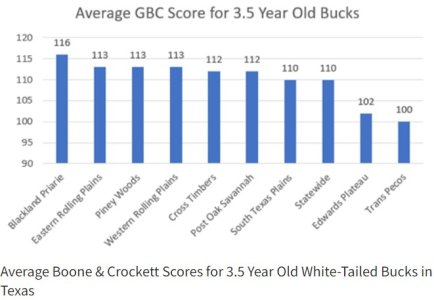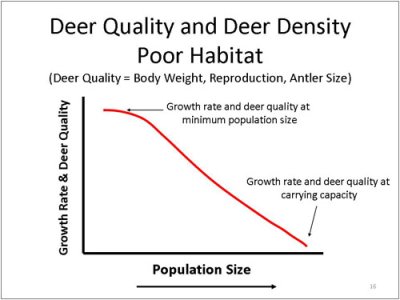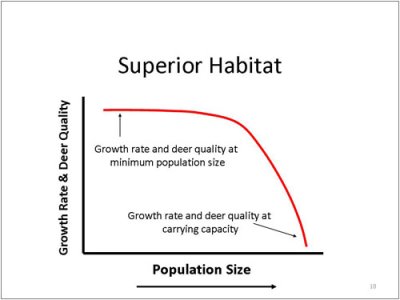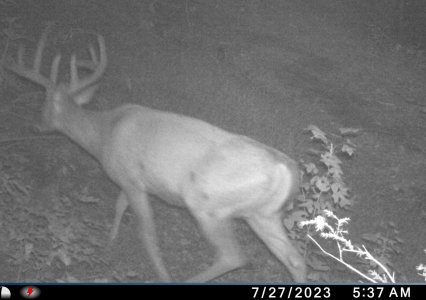We dont have much in the way of mass. We do get a few deer over 20” wide - but width doesnt add much to score. Tine length and tine number is what gives our deer inches. Our most common mature buck is a seven or eight pt. Eye guards are commonly missing.Body looks young to me, 1-2
I guess I'm more fortunate than I realized after reading these posts. Have around 20 cams on an 800 acre lease, so we get to know our resident herd decently. Of course alot of my area's 2yr old bucks avg around 100", and if they make it to 3, I'd say it averages up to prob 120. But, it's not uncommon to see a known 3yr old buck hit the 140's.
Once they hit the 3+ age, seems like we have 2 lines of buck genetics on our place. About 2/3 have the high and tall, perfectly symetrical racks, with most having a left side antler slightly bigger than the right. Best scoring I've seen from this group is 150-160, usually not more than 10pt, spread of 15-19 inches. The other 1/3 not nearly as tall, but really wide, with a lot of non-typical points, maybe 12-16, spreads exceeding 20". They also can go to the 150-160 range. The best bucks in our immediate area seem to be a crossbreed based on what the rack looks like, and have seen a couple in the last 5 years that went 180+. I'm not sure how much genetics influence the recipe, but my eyeballs tell me consistently there are 2 strains running around in my area.
A 140” deer, or larger, is a true anomaly here. I think they are a freak of nature. We may go several years without getting a picture of one. I think it is a combination of every perfect case scenario manifesting into one animal - the best buck and doe genetics, the perfect momma that only has one fawn, favorable climatic conditions, and increased wariness to escape hunters through at least four seasons















